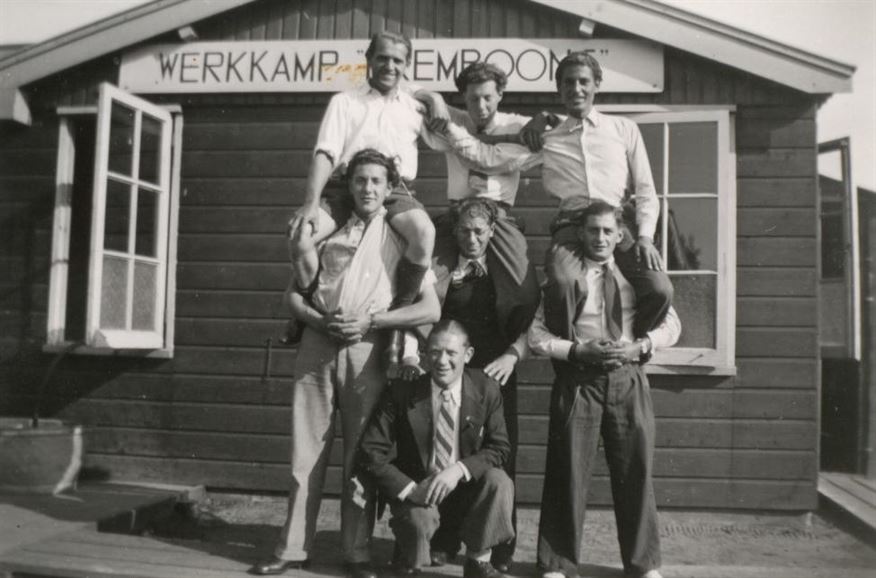Construction
The Jewish community initially wasn’t passionate about ‘beautiful Drenthe’. It was noteworthy that they weren’t even consulted, even though they did have to pay. The Central Committee for Special Jewish Interests (Centraal Comité voor Bijzondere Joodsche Belangen), and the subsidiary Committee for Jewish Refugees (Comité voor Joodsche Vluchtelingen), decided to agree anyway. Amongst the group of Jewish refugees who wanted to travel to Palestine, there definitely was enthusiasm for this camp in the wilderness. This grew when promises were made about fresh, wooden barracks, equipped with central heating and excellent sanitary facilities. Additionally, there was mention of single-family houses as well.
The prospect of a newly built village with possibilities for agriculture, horticulture, livestock farming, and chicken farming, a smithy, shoemaking facility, and maintenance workshops made one suspect the best. Promises regarding a synagogue, school, and recreational facilities made the skepticism disappear even more. Above all, the Ministry of Internal Affairs would take charge. This would make live more pleasant than if the Ministry of Justice were in charge. In August 1939, labourers started to be employed for the construction of the barracks. On 9 October 1939, the first Jewish refugees arrived at Central Refugee Camp Westerbork (Centraal Vluchtelingenkamp Westerbork).





